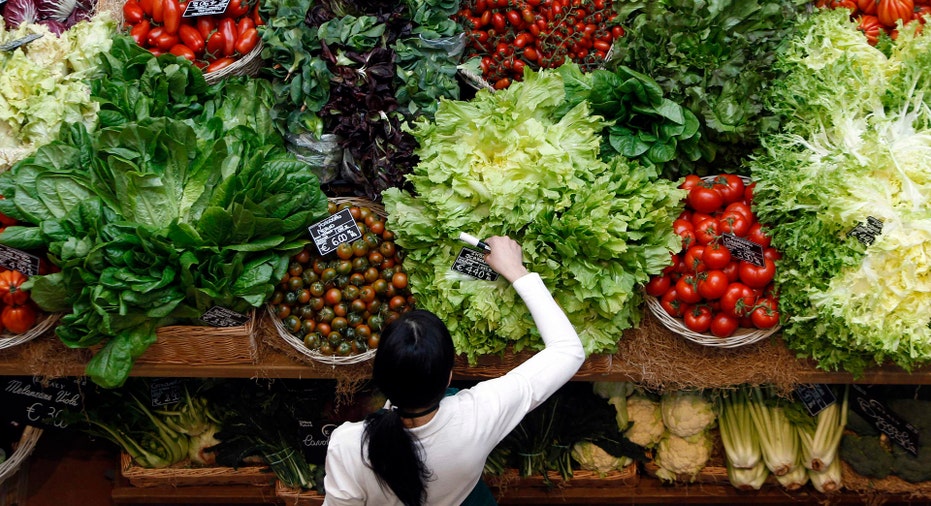Rescuing Food, with a Hand From the Cloud

Food insecurity is a reality for nearly 1.4 million New Yorkers living throughout Manhattan and the city’s four outer boroughs—including nearly 420,000 children. That means they don’t know when or from where their next meal is coming. But with a hand from the Cloud, New York food charity City Harvest makes sure those families get not just meals, but fresh food.
“We are leveraging the Cloud to solve operational challenges with technology,” said James Safonov, head of information technology at City Harvest. “It is strategic in terms of solving operational challenges, instead of figuring out how to keep the lights on.”
And the challenges are many. With a fleet of 22 trucks, including two tractor-trailers, City Harvest drivers rescue 55 million pounds of excess food each year from farms, grocers, restaurants and manufacturers and deliver it free of charge to 500 soup kitchens, food pantries and other community food programs.
Think of the logistics of a large for-profit food distributor—but run by hundreds of employees and thousands of volunteers. With City Harvest, there are 20 daily routes, each with 20 or more stops. There is the complexity of managing and allocating. There are operational issues, including warehousing, inventory management, trucks and drivers, fuel and overtime.
But it gets more complicated—because City Harvest drivers don't just pick up and deliver packaged goods. They pick up and have to quickly move fresh produce, which gets delivered immediately and not warehoused. And they have to do it all while tracking full chain of custody of the food.
With new mobile apps currently rolling out to drivers and the agencies it serves, City Harvest is gaining the ability to share real-time data down the line. When drivers arrive at a pick up stop, they can know exactly what is available for pick up, and they can decide where to deliver any fresh food that needs immediate drop off, while alerting the food pantry of exactly what food to expect.
Thanks to the Cloud, “we can make decisions quickly,” said Safonov.
With paper, it used to take five days to reconcile data—what was picked up from where, what was delivered to whom—Safonov said. With the Cloud, reconciliation happens the same day, even in real time.
“For the agencies, it means, first of all, that they can strategically look at allocations,” he said. “Also they will get the ability to see what’s being delivered.”
For the families served by City Harvest, a new app is in the works to give them greater control and empowerment. Last November, Plentiful launched in beta. The new product, which incorporates the look and feel of popular consumer apps, is a product of the NYC Food Assistance Collaborative, a body representing New York City’s major charitable food suppliers. The app will allow individuals seeking food assistance to register and check in at food pantries using their phones, significantly reducing wait times for clients and easing the administrative burdens for food providers. It will also provide a direct communications channel between food pantries and their clients, and help to overcome common language barriers. Data collected will also enable pantries to replace the paper records provided to the city with detailed statistics about the people being served.
Plentiful is free for New York City-based food pantries. The idea is to test and then release in other cities and states.
“Technology is improving our lives every day. Plentiful is the first mobile product of its kind in the charitable food sector nationally, and will improve lives of hundreds of thousands of New Yorkers,” said Jilly Stephens, executive director of City Harvest. “With this technology, pantries will be able to keep better track of who they are serving, and hungry New Yorkers will be able to avoid waiting in line for hours, and even make reservations to pick up food for their families.”
It’s all part of how the Cloud is changing the way things get done—even supplying donated food to hungry citizens. “My job has changed from maintaining infrastructure to being strategic and visionary, and helping to solve challenging problems by leveraging technology,” said Safonov. “Making it easier for people … that’s what’s magical about the Cloud to me.”



















